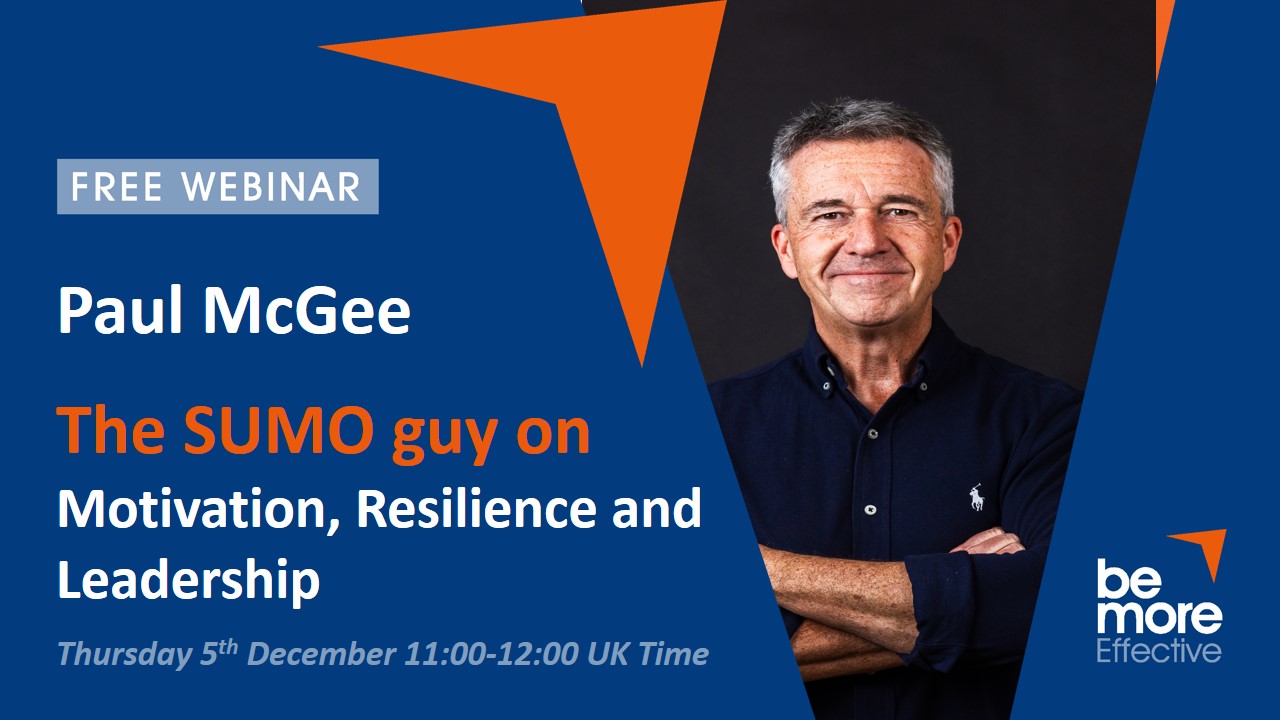The Nature of Persuasion Part Eight

For the past seven articles, we’ve been looking at the nature of persuasion.
We’ve used the acronym PERSUADE as a model to help us understand each of the parts in this process.
P is for planning and preparation.
We’ve seen that it all begins here. Everything you do throughout the process has to be thought through here, and the failure to do so will have a negative impact on the outcome that you desire; no matter what it is.
E stands for expand your understanding.
When you finally get in front of someone, then this is your first step. Most planning and preparation occurs before you meet, phone, or email anyone.
It’s only when you engage someone in a conversation, whether it’s online or face-to-face, that you can begin to learn more about their problem.
R is for rationalise.
Rationalisation is not about justifying your behavior. Instead, it’s about organising what you learn into meaningful clusters or chunks.
S is to summarise.
Here you recap all that you’ve learned. The purpose of this step is to pull together all the threads into a meaningful whole so that the person you’re talking to knows that you fully understand things.
U is a reminder to understand the other person; not just the problem.
Although personality clashes can occur, if you pursue humility, think of the others first, and remain flexible, then you’re more likely to get them to do what you want them to.
A is your opportunity to address or answer the issues.
By the time you get to this part of the process, your work should be done for the most part. Some things are more complicated than others, and that means that you may need to offer a more thorough explanation than you have thus far and to answer deeper questions.
D is where you deliver the benefits.
Here you summarise the benefits. In the fourth article, you learned how to summarise the problem. In this step, you’re deliberating grouping all of the reasons why someone would agree with you in one place.
The last one is E: Evaluate your outcomes.
Let’s look at it now.
Evaluate outcomes
If you have planned properly and identified your objectives, then this step should be relatively easy. That’s because you’ll have a standard against which to compare your outcomes.
If all you did during your preparation and planning was to decide what you wanted to accomplish, however, then you’ll find that this step is more difficult than it needs to be.
You see, the time to decide how you’ll measure your results is before-the-fact; not after.
You structure the process in such a way that it supports the method that you use to evaluate it.
Scientists do this every day.
They decide what they would like to know and describe that in the form of hypotheses. Then they set up their experiments, conduct them, record their results, and compare those results to their hypotheses.
Because they already have a pretty good idea of what to expect, all they have to do is to determine if what they proposed could have happened by chance or not. There’s statistical criteria for that, but the methods that they use are planned in advance. That’s to minimise error, which is accepted as a part of all tests.
So in a way, the hypotheses already contain within them the metric. If the probability of what they’ve postulated is high enough, then they know that they’re onto something.
When you do your planning and preparation, you should also be thinking about what a successful outcome would look like; and it won’t hurt anything if you articulate it in fairly precise terms.
Granted, specificity will be determined to a certain extent by the outcome itself.
If the answer is “yes” or “no”, then either you were successful, or you weren’t; but when you’re doing something more complicated, such as trying to get a large contract, then the result may be more difficult to predict. In that case, you may need to create a range of outcomes, and then prioritise them on the basis of what is most favourable, next most favourable, acceptable, and so on.
The number of combinations of outcomes is entirely up to you.
You may get a qualified yes. That is, you may get agreement, but not under the terms that you had hoped.
It could be that the job turns out to be larger or smaller than you had planned.
It could be that you have to offer more concessions than you had planned, or the scope of the work may mean that you have to change your metrics altogether.
Just because you can’t know everything in advance, however, doesn’t mean that you leave it all until the end. That’s because if you have some idea of the different shades of success, it means that you also have something to aim for.
If your only criteria is pass or fail, that doesn’t leave you with many options; but if you have several degrees of success, then depending on how the conversation goes, you may be able to channel the project into an outcome which is better than it would have been otherwise.
Once you begin the evaluation, however, you have to be fairly ruthless. If you change the ground rules, adjust your categories, etc., then you’ll do yourself a disservice.
If you fudge the comparison, then you won’t get a true measure of whether or to what extent you accomplished what you set out to do.
The purpose of this step is to help you to identify gaps in your delivery and process. That’s so that you can fix the problems and do better next time.
And the more objective you are here, the more effective you’ll be each time you implement the Persuade Model.
Conclusion
Remember that persuasion is necessary in order to get others to do what you want them to do.
To do that, you have to plan and prepare for what you will do, obtain a thorough understanding of the problem you’re trying to solve, consolidate the information into manageable chunks, summarise your understanding so that you know that you get it and the other person knows that you know it, get the person you’re speaking with to agree with your summarised version, provide a well-supported solution, deliver the benefits by summarising them all in one place, and then compare your outcomes with your original objectives.
That is a challenging process, but it’s necessary and thorough.
You won’t be able to plan for every eventuality; but if you follow this model, then you’ll stand the best chance of persuading others to do what you want them to - and that’s the goal.
As long as you don’t lose sight of what you’re trying to achieve, you can use this model in all situations where persuasion is needed.
The more you practice it, the more proficient you’ll become.
If you’ve never used this model, then you can expect it to feel a bit awkward at the beginning. Most things do.
This model is known to work, however, and so it behooves you to take full advantage of it.
There’s no need to reinvent something that is already available.
Want to read more about persuasion? Read this book
For more information please send a message via the Contact Us Page. Or you can register for an upcoming webinar.


